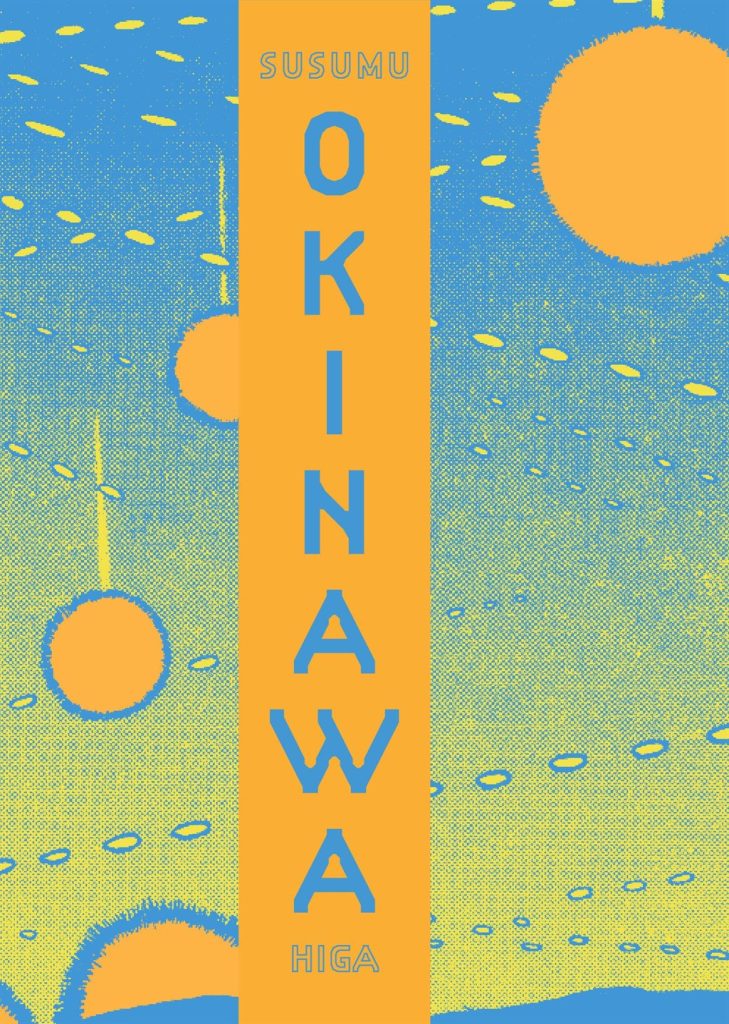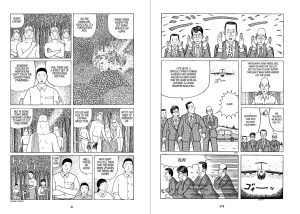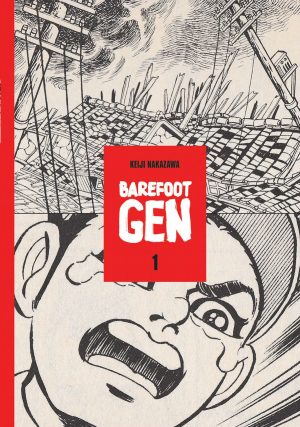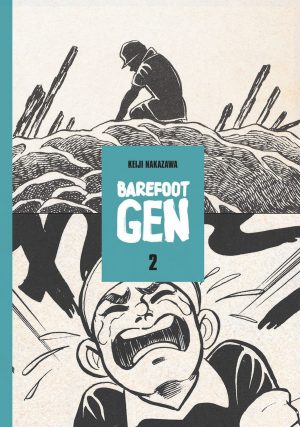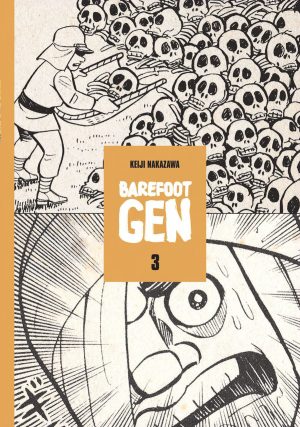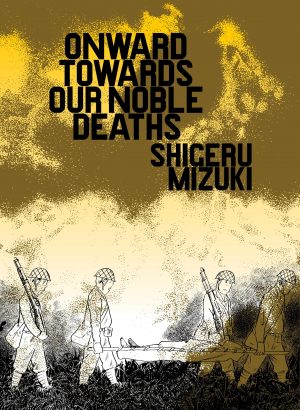Review by Ian Keogh
Okinawa is the largest of several islands located in the Pacific Ocean roughly halfway between Japan’s mainland and Taiwan. It’s primarily known to the wider world as the location of a World War II campaign in 1945 with enormous casualties on both sides, when just under a quarter of the local population also died. This book combines two volumes published in Japan in 1995 and 2010 by Susumu Higa, an Okinawa resident born in 1953.
They’re collections of connected short stories, the first selection set during World War II and the second covering post-war years and contemporary Okinawa. The tone is set with ‘Sword of Sand’, in which a troop of Japanese soldiers land on an island as a defensive force, but their disruptive practices have no consideration for the locals or what they depend on to sustain their community. Over successive stories looking at different islands Higa reveals their circumstances, and how dependent they are on the largest island, Okinawa, for supplies and trade. Until the point in 1945 when the stories begin the island communities have been so distant from the mainland that the war hasn’t greatly affected them. Having to support soldiers with their meagre means is unsustainable and leads to tension, and not all Japanese officers are as understanding as the example in the first story. Some are zealots.
Wartime chapters also cover the recollections of Higa’s parents, in separate stories, and the gist of their terrifying experiences is that they were treated better by the demonised American invaders than by the troops allegedly defending them. It’s a theme continued in other stories. One wonders if the attitude of American troops in Afghanistan and Iraq in more recent years was as friendly toward civilians.
Apart from providing occasional historical context, Higa avoids narrative commentary, using dialogue and people’s expressions to tell his stories less judgementally, although there’s obviously selection in what Higa chooses to show. He keeps the art simple, but doesn’t downplay the brutality and tragedy of war, yet also diverts into less obvious stories, such as the schoolboys tasked with copying historical texts. There’s a complete change of tone for the final wartime chapter, which is titled a comedy and looks back on wartime from the present. The humour doesn’t really translate, although the story of an arrogant artist carries surprises.
While the battles for Okinawa are widely known, far fewer people are aware that the price of rescue was USA maintaining a significant military presence, occupying 20% of the main island and 10% of the area as a whole to this day. Some land is rented, not taken, but other choices are absent, with the options and pressures well explored in ‘Military Landlord’. It introduces an item recurring throughout the modern day stories, the unbearable noise of planes flying overhead, and continues the theme of prioritising ordinary people in extraordinary circumstances.
Traditional prayer woman Mrs. Asato adds a spiritual presence to all later strips, where economic realities clash with cultural traditions, the strongest example occurring on one of the smaller islands where the Americans want a base. Their plans were defeated two generations previously, but they’re now promising to build a bridge to the mainland.
While it strongly features war and its consequences, Okinawa is a fine collection of very readable human dramas in which Higa makes his points, but always thoughtfully wrapped up in what people are going through. The war graphic novel for people who don’t like the genre? Yes!
